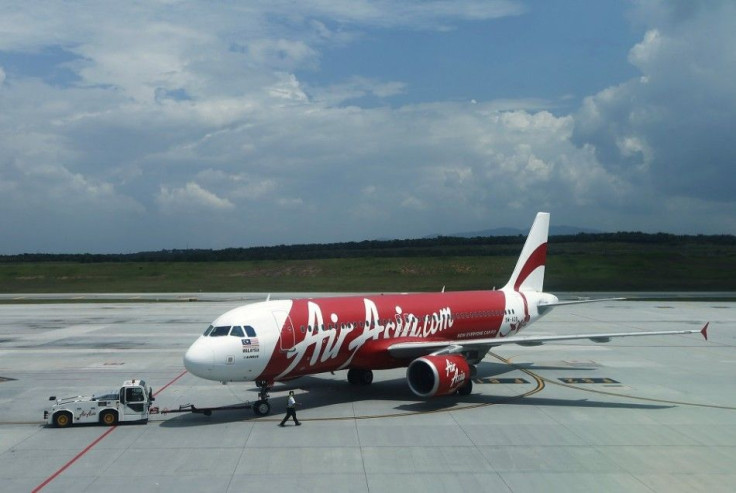Questions Arise Over Dumping By CEO Tony Fernandes Of Stock Days Before AirAsia QZ8510 Crash

After he heard that AirAsia Flight QZ8501 was missing less than an hour after the Airbus jet left Surabaya for Singapore, Tony Fernandez, the CEO of the embattled air carrier was in the Indonesian city within the same day.
He spoke to relatives of the 162 people aboard the ill-fated plane, assuring them of AirAsia's efforts to locate the missing aircraft. On Tuesday, upon learning that the plane was found at the bottom of Java Sea, he met with Indonesian President Joko Widodo.
For these efforts as well as the 13 years of running the air carrier from a losing state-owned company to a profitable budget carrier - at times even helping carry baggage at airport counters - Fernandes has earned the respect of the aviation industry.
Analysts believe he and AirAsia could survive the tragedy that befell QZ8501, but there are also reports that could potentially damage both the CEO and the brand.
One such report which came out in Malaysian Insider states that Fernandes sold 944,800 shares of Tune Insurance Holdings on Dec 22 and 23 for RM1.60 per share.
Tune provides insurance to passengers of Air Asia, but its shareprice has been declining since August. The timing of the sale of the bulk of the shares, which left Fernandes with a 0.01 percent direct shareholding and 3073 percent indirect stake in Tune, provides a perfect angle to speculations of knowledge of an alleged conspiracy because of the timing of the sales with the air accident.
These theories include extremist organisations hijacking a jet for use in future terrorist attacks, a test of remote pilot override capabilities and a conspiracy to weaken Asia Pacific economy.
However, on Tuesday, Global Research, which cross-posted an article linking the sales of the shares to Fernandes' alleged knowledge of the crash, removed the article and clarified the CEO's lack of knowledge beforehand of the tragedy.
While those who doubted Fernandes's motive may have retracted and doused cold water on his selling of Tune Insurance shares, the question now is on the decisions of the pilot which an aviation analyst describes as "bordering on the edge of logic."
The plane ascended at an unprecedented rate of 6,000 to 9,000 feet per minute when an Airbus could only handle 1,000 to 1,500 feet on a sustained basis and up to 3,000 feet in a burst.
Gerry Soejatman, the analyst, who cited leaked information from the crash probers, said the ascent by the plane was in a way impossible to achieve, causing the plane to be thrown down like a piece of metal, reports the Sydney Morning Herald.
He said the descent speed of as low as 61 knots is an indicator the jet was heading downwards almost straight down, which explains why it crashed just 10 kilometres from its last point of radar contact.
Fernandes had previously state his confidence on AirAsia crew and instead blamed the weather for the tragedy.
Meanwhile, here's an update on retrieval operations for the jet.
YouTube/Fox News
To contact the writer, email: v.hernandez@ibtimes.com.au





















